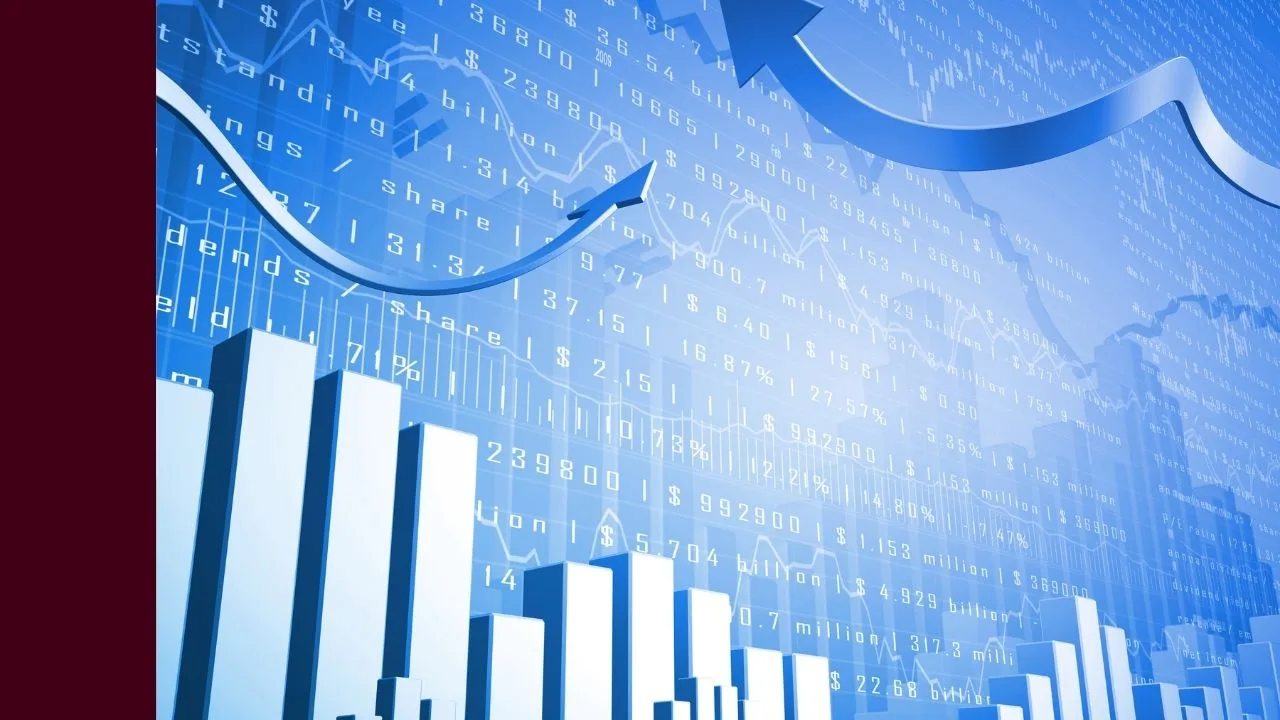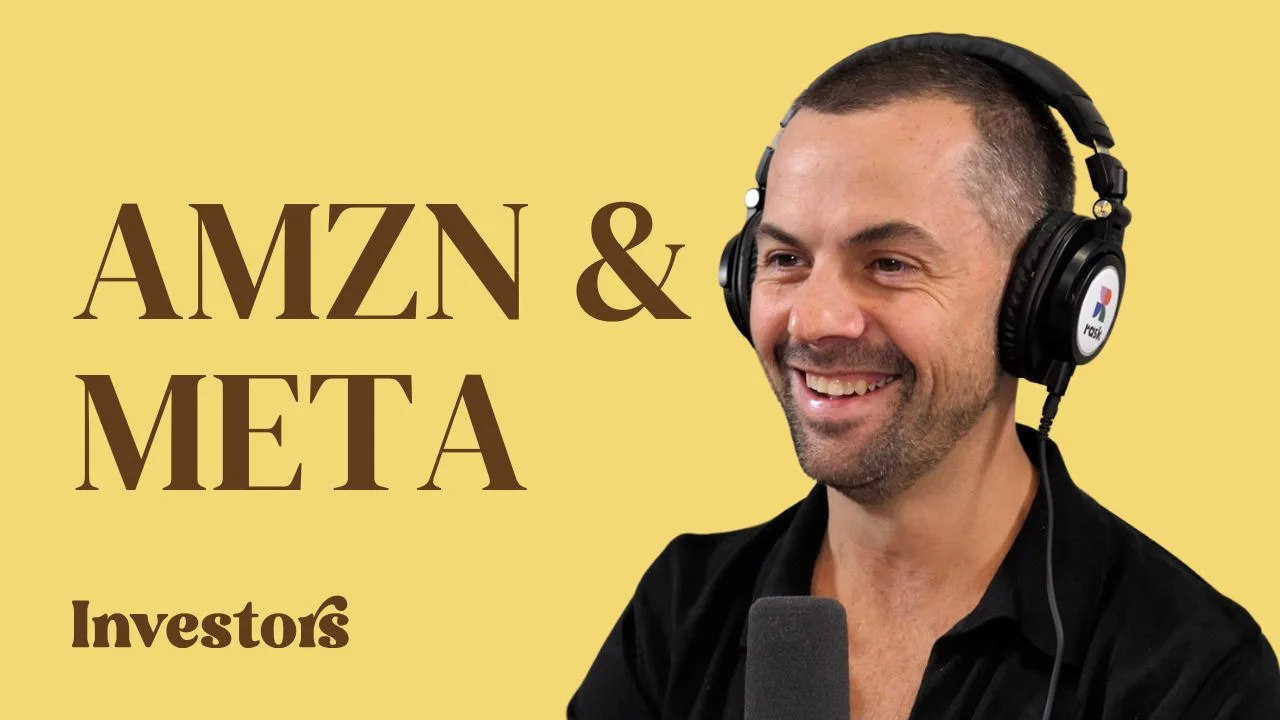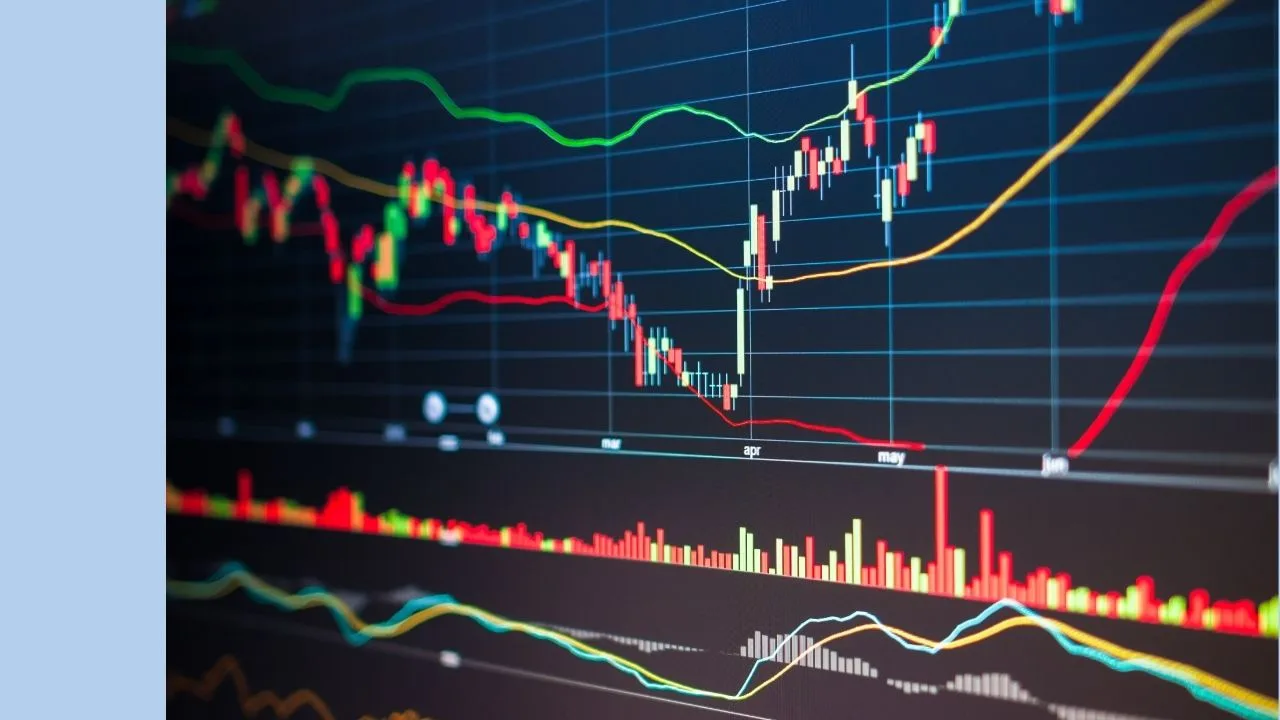RMD share price in focus
ResMed is a medical equipment company based in San Diego, California, but originally founded in Australia by Peter Farrell. The company provides cloud-connectable continuous positive airway pressure, or CPAP, machines for the treatment of obstructive sleep apnea (OSA). ResMed shares a listed both on the NYSE and the ASX. Because the primary listing is in the US, the market announcements and reports might look a bit different to other Australian companies as they follow the US format.
ResMed is a global company with 10,000+ employees and a presence in over 140 countries. It has two primary business units: Sleep and Respiratory Care, and Software as a Service (SaaS). The industry-leading CPAP machines for sleep apnea are provided under the Sleep and Respiratory Care business. This covers patients ranging from those who only require therapy from CPAP systems at night to those who are dependent on non-invasive or invasive ventilation for life-support. Within the SaaS unit ResMed provides software that assists durable or home medical equipment (DME/HME). Basically, it assists in out-of-hospital care.
ResMed leverages its industry-leading hardware (e.g. masks and humidifiers) and its SaaS data to drive insights, improve outcomes and reduce overall healthcare costs.
The key metrics
If you’ve ever tried reading a company’s income statement on the annual report, you’ll know just how complex it can get. While there are any number of ways you could slice up the statement, three key figures are revenue, gross margin, and profit.
Revenue is important for obvious reasons – everything else (profit, margins, return on equity etc.) is downstream of a company’s ability to generate sales and revenue. What we’re looking for is not so much the absolute number, but the trend. RMD last reported an annual revenue of $4,685m with a compound annual growth rate (CAGR) over the last 3 years of 13.6% per year.
The next thing we’ll want to consider is the gross margin. The gross margin tells us how profitable the core products/services are – before you take into account all the overhead costs, how much money does the company make from selling $100 worth of goods and services? RMD’s latest reported gross margin was 57.4%.
Finally, we get to profit, the real headline number. Last financial year Resmed CDI reported a profit of $1,021m. That compares to 3 years ago when they made a profit of $475m, representing a CAGR of 29.1%.
Financial health of RMD shares
Next, we could consider the capital health of the company. What we’re trying to work out is whether the company is generating a reasonable return on their equity (the total shareholder value) and whether they have a good safety buffer. One important measure to consider is net debt. This is simply the total debt minus the company’s cash holdings.
In the case of RMD, the current net debt sits at -$624m. A high number here means that a company has a lot of debt which potentially means higher interest payments, greater instability, and higher sensitivity to interest rates. A negative value on the other hand indicates the company has more cash than debt, which can be seen as good (a big safety buffer) or bad (inefficient capital allocation).
A metric that might be more valuable to us is the debt/equity percentage. This tells us how much debt the company has relative to shareholder ownership. In other words, how leveraged is the company? Resmed CDI has a debt/equity ratio of 18.0%, which means they have more equity than debt.
Finally, we can look at the return on equity (ROE). The ROE tells us how much profit a company is generating as a percentage of its total equity – high numbers indicate the company is allocating capital efficiently and generating value, while a low number suggests that company growth may be starting to slow. RMD generated an ROE of 22.7% in FY24.
What to make of RMD shares?
As a growth company, one way to put a general prediction on the RMD share price could be to compare its price-to-sales multiple over time. Currently, Resmed CDI shares have a price-sales ratio of 5.12x, compared to its 5-year average of 8.70x, meaning its shares are trading below their historical average. This could mean that the share price has fallen, or sales have increased, or both. In the case of RMD, revenue has been growing over the last 3 years. Please keep in mind that context is important – and this is just one valuation technique. Investment decisions can’t just be based on one metric.
The Rask websites offer free online investing courses, created by analysts explaining things like Discounted Cash Flow (DCF) and Dividend Discount Models (DDM). They even include free valuation spreadsheets! Both of these models would be a better way to value the RMD share price.









